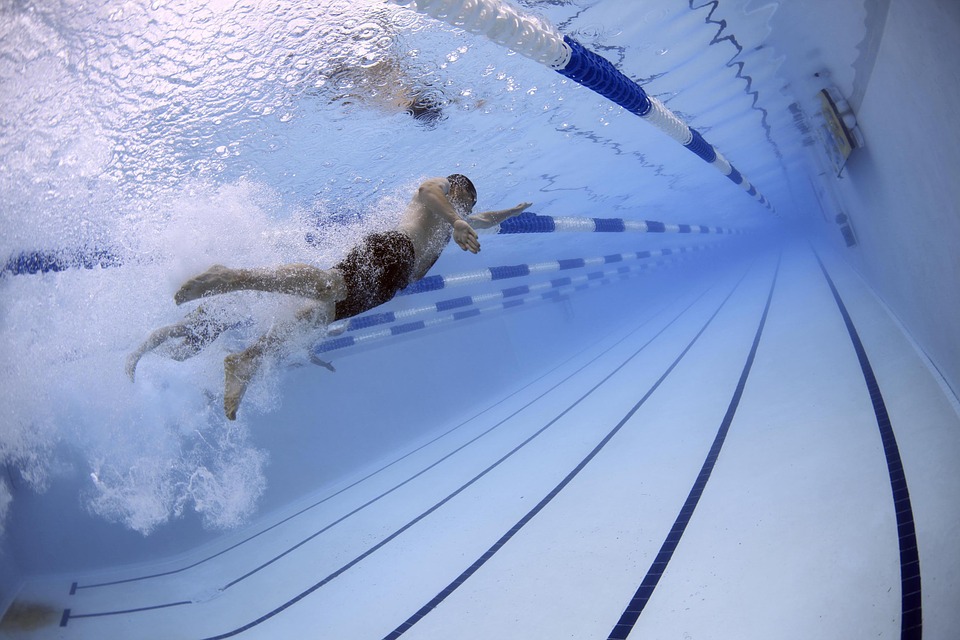Runners like Steven Rindner already understand the training benefits of running in different climates. Anyone who has run a race in a climate that is hotter that the one in which they trained can attest to the way that performance can suffer as a result. However, in addition to being better prepared for a particular race, there are also some general benefits that come with training in hotter conditions – here are some of the ways that your overall athletic performance may be improved.
Heat Training
Researchers understand that training in the heat can have some very important benefits when done carefully. Heat training has been shown to increase cardiovascular fitness and VO2 capacity even more than altitude training. Training in the heat has also been shown to improve the ability to perform in the heat through a process of acclimatization. As athletes become heat adapted, there are a number of physical changes that can be observed, including the ability to increase oxygen delivery to muscles and a quicker sweat-response to allow a more efficient regulation of body temperature. This more effective regulation of temperature may be why heat training also improves the ability of athletes to adapt to cold conditions as well.
How to Heat Train
There is no question that overexertion in extreme heat can be deadly, and any heat training protocol should be carefully and gradually carried out ideally under expert guidance. However, there are a number of techniques that can be gradually introduced into your training regime.
Limit water while exercising
One way to get the benefits of heat training without necessarily being in a hot location is simply to limit the amount of water that you drink during exercise. Drinking water cools the body, making the body less reliant on a sweat response. Being careful to avoid dehydration, reducing the amount of water that you take in during exercise can allow the body to turn on its own cooling systems.
Train later in the day
Another way to gradually increase your ability to perform in the heat is to shift your workout schedule so that you are training during the hottest part of the day. Be aware that this will mean you should plan a less intensive workout than you might be used to – in order to reap the benefits of heat training it is not necessary to go all out. Gradually getting used to mild levels of exertion in heated conditions is all that you need to do.
Find a hot spot
It may be not be possible to train in the heat, especially if you live in a cool climate. You can still gain some of the benefits of heat training by spending some time immediately after training in a sauna.
These are just some of the ways that you can begin to develop your ability to enhance athletic performance in the heat and reap the many benefits of heat adaptation. The key to doing so safely is to start slowly, increase your effort and time spend in the heat gradually, and to stop if you feel faint or dizzy. To be safe, discuss your plans with your doctor to make sure that this is an appropriate training strategy for you.
